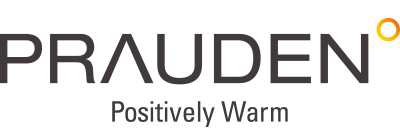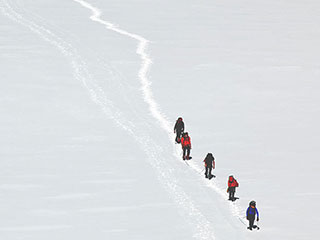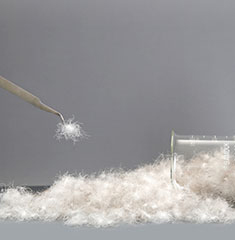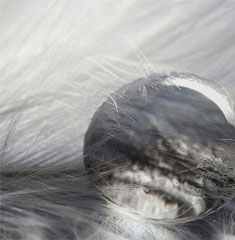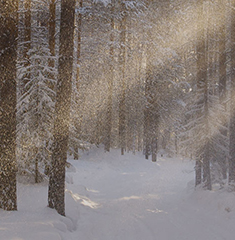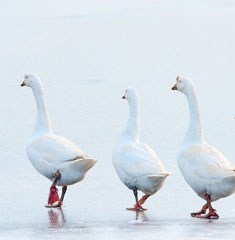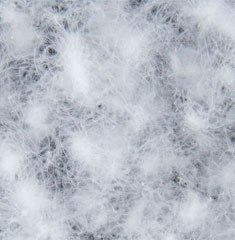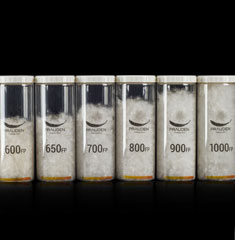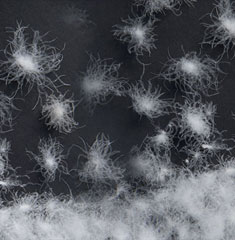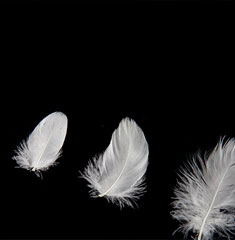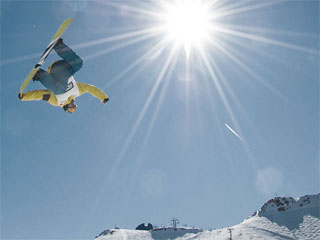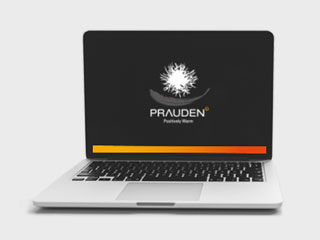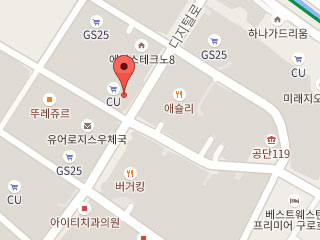
Down Sales Trends: 2014-2019
2020-03-02
Significant fluctuations in down prices in the past six years have led to continued changes in down insulation sales trends. Entering the new year, one may wish to look into the past changes in down supply and what caused them. For this purpose, data were collected from the internal database of PRAUDEN, a global leader in the down industry, and interviews with country-specific partners.

<Changes in raw down prices>
Greater sustainability
People all over the world are increasingly aware of the importance of animal welfare and environmental protection, and an increasing number of countries are calling on production with a particular focus on sustainability. Following the launch of the Responsible Down Standard (RDS) certification scheme, RDS-certified down insulation was set on penetrating the market in 2016. Now approximately 80% of the stock is RDS-certified, and even greater demands are anticipated in 2020. In addition, global brands are increasingly expecting products to demonstrate their sustainability in terms of environmental protection and safety at work, for example bluesign® and the Higg Index.
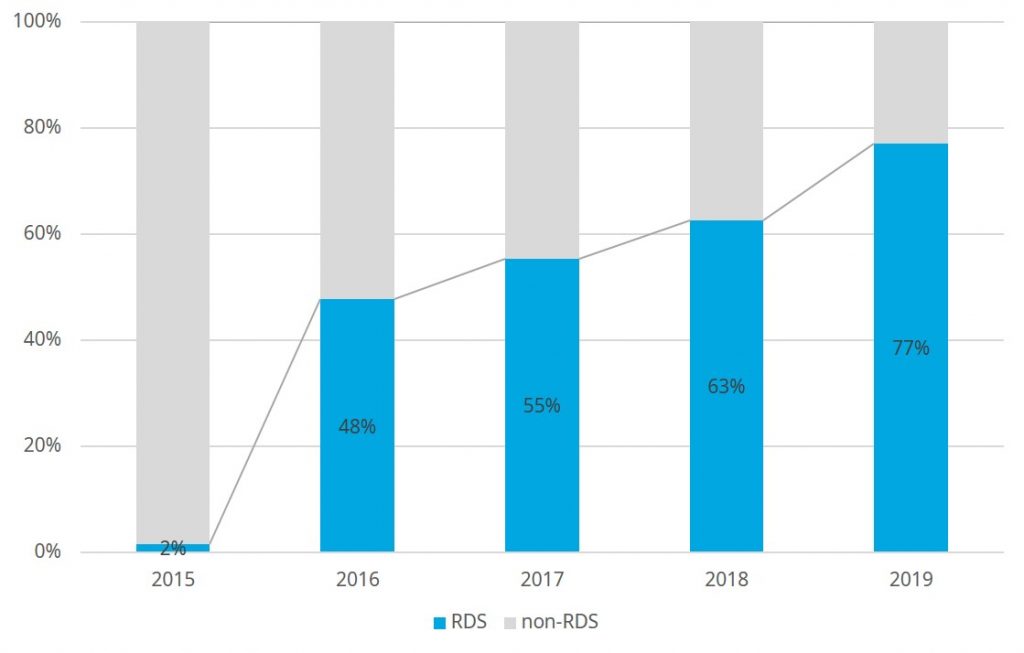
<Changes in RDS-certified materials purchase>
Special processing on the decline
Special post-processing of down insulation with chemicals for functionality’s sake is on the decline. Types of special processing include water repellent, heat generating, and deodorizing processing, with the former being the most common in outdoor and sport clothing. However, demands for such special processing are facing declines, as there is a growing awareness that, for sustainability’s sake, it would be the right choice to use natural materials in their as-is condition and let them biodegrade, hence no damage to the environment. Special-processed products are subject to strict requirements concerning the environmentally friendliness of the process involved and chemicals used.
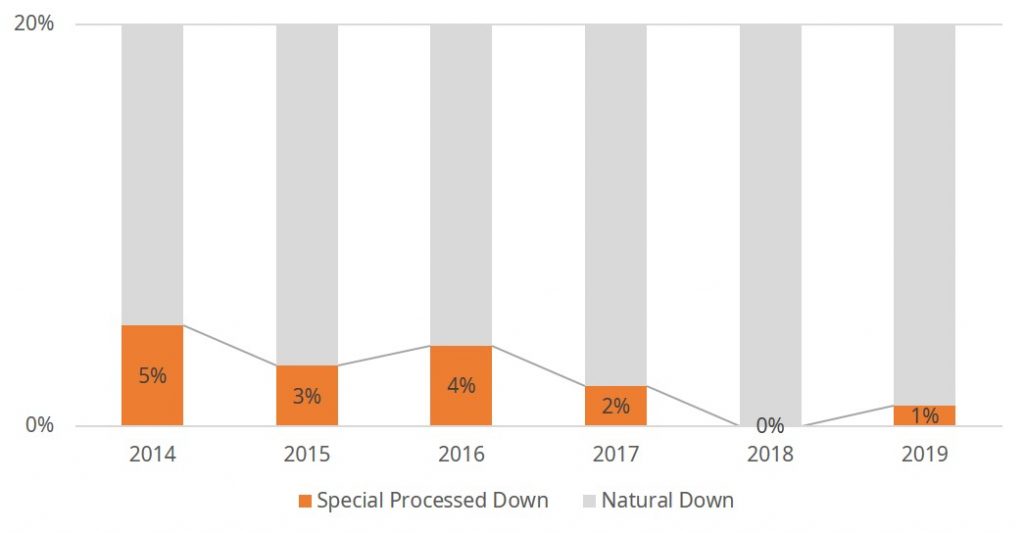
<Changes in the sales of special processed down>
A bear market for rare origins
Putting aside China, which accounts for more than 80% in global raw down supply, down of rare origins is from Hungary and Siberia, among others. Thanks to their geographical characteristics, down of rare origins has a higher fill power, hence sold at 20-30 higher prices than Chinese down.
These rare origins once enjoyed strong demands underpinned by marketing campaigns that highlighted the quality of down but later faced sudden decreases in demand following rises in down prices and a shift in the yardstick to judge high quality down from the origin to the fill power.
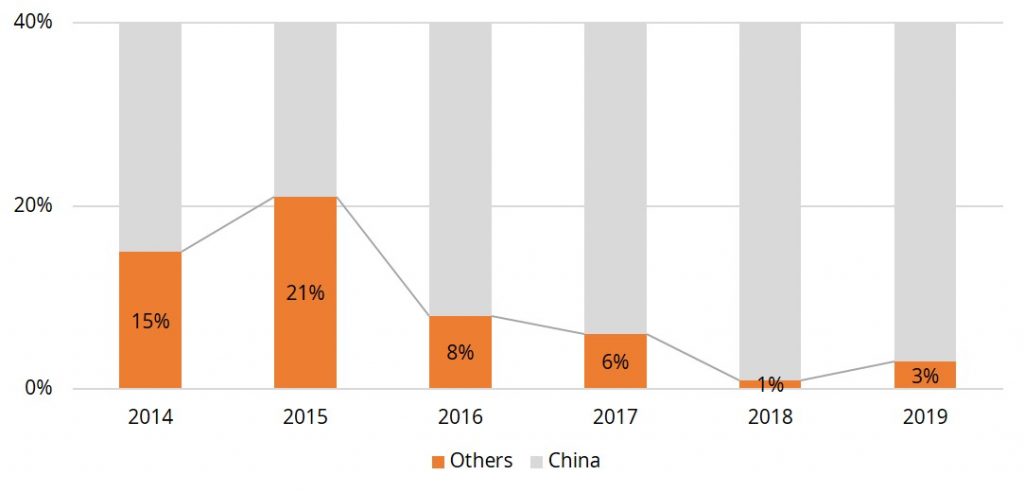
<Change in the sales of down of rare origins>
Increases in goose down sales
Duck down supplies outweigh goose down, hence cheaper and more commonly used. Normally, duck down prices are at 40-60% of goose down prices, and the duck to goose sales ratio used to be 7:3 or 6:4. However, this figure was reversed in 2018, which was presumably attributed to the following factors:
First, increases in goose down demands in the Chinese market. As the economy grows, customers are increasingly interested in premium down, hence increases in the use of goose down.
Second, the down prices made a rebound in 2016 and have been on the rise ever since. Finding the price surge no longer bearable, down brands have turned their eyes to synthetic fibers as alternatives to down.
Third, having decided to avoid the use of animal-derived materials (leather, fur, etc.), down brands have opted for synthetic fibers and other non-animal materials as alternatives to down insulation.
Overall, the breadth of the down market has diminished, leading to a bigger market share occupied by goose down.
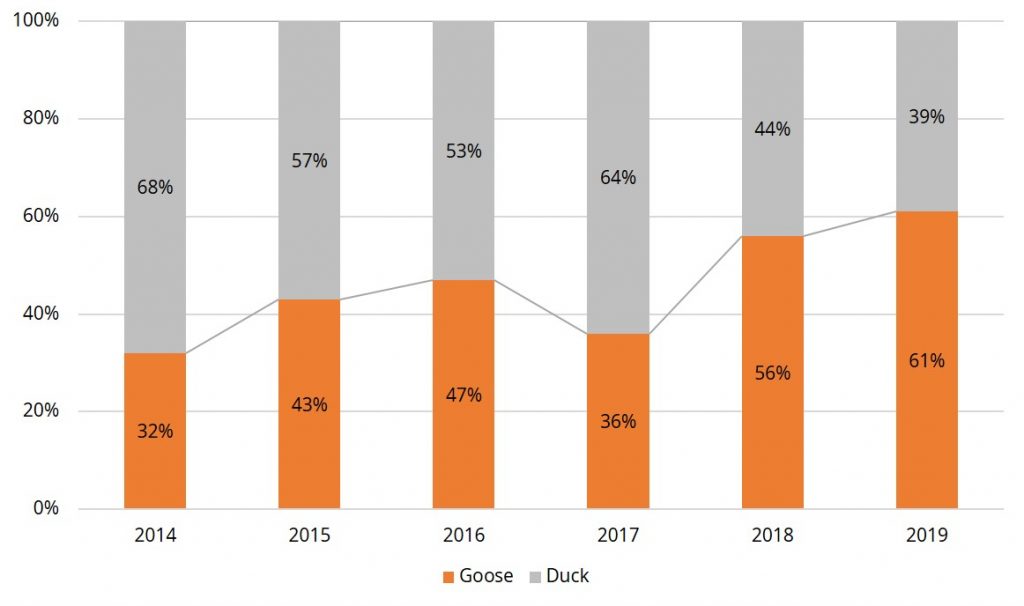
<Changes in down sales by type>
Upcoming trends
The global fashion industry of the present time is all about sustainability, and the trends in the down market are no exception. As a natural material, down costs only a fragment of energy for production and normally lasts up to 50 years if kept dry and well-ventilated. It is also considered an environmentally friendly material, which is biodegradable by microorganisms in a short period of time when landfilled.
Down processing at PRAUDEN is all environmentally friendly, as demonstrated by bluesign® certification that employs the most stringent criteria in the textile industry. In 2020 and onwards, PRAUDEN products will bear a bluesign hangtag, helping customers better understand the environmental aspects of the materials.
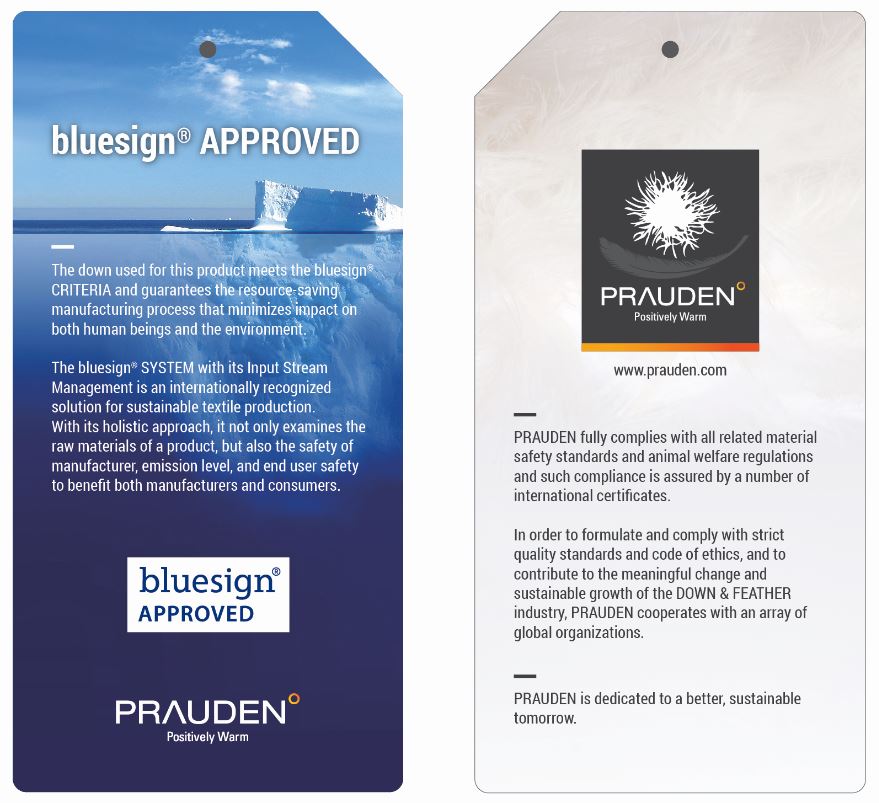
As customers are increasingly interested in recycled materials, we at PRAUDEN will add Recycled Down to our product offerings this year, of which transparency in the supply chain and environmental safety and sustainability is ensured by the Global Recycled Standard (GRS). Click here to check out more information on Recycled Down.
By Lee Mi-ra, Insulation Sourcing Part


